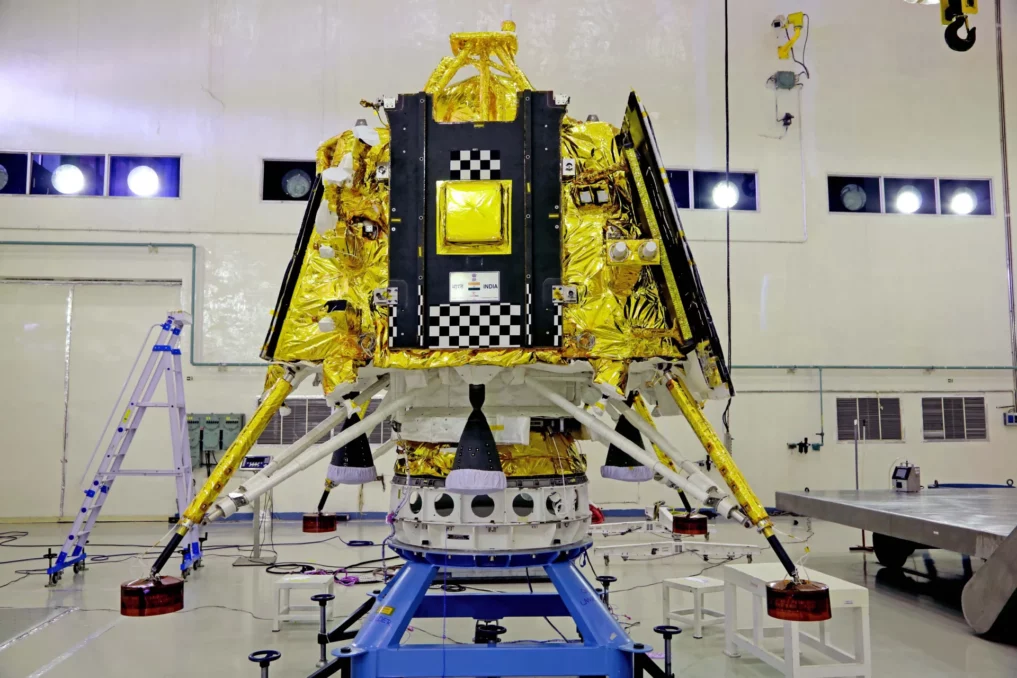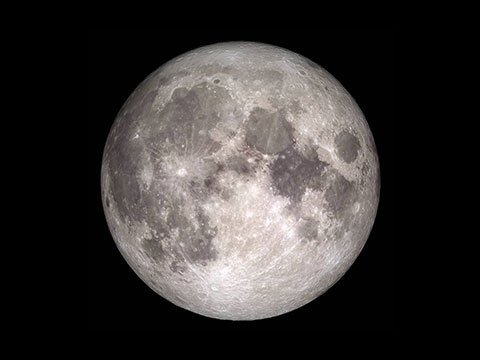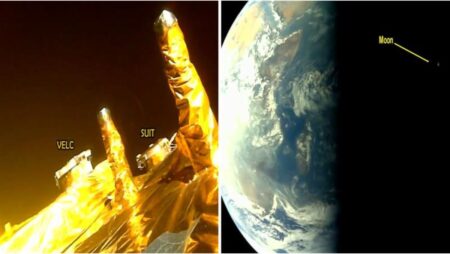Chandrayaan-3, the follow-up mission of Chandrayaan-2 by Indian Space Research Organisation (ISRO) to be launched in mid-July.
The window for launch is between July 12 and 19.
Although the launch date is not yet finalized, it is likely to be launched on July 13,2024 at 2:30 pm. The spacecraft has been tested and is getting ready for the launch at Satish Dhawan Space Centre in Sriharikota. A three-stage medium-lift launch vehicle developed by ISRO- Launch Vehicle Mark-III (LVM3)- will be the launch vehicle for Chandrayaan-3.
The launch vehicle for Chandrayaan-2 was GSLV MkIII-M1.
Chandrayaan-3
Chandrayaan-3 consists of a lander and rover configuration. The lander is to soft land at a specified lunar site. The rover will carry out in-situ chemical analysis of lunar surface during the course of its mobility.

Other than Chandra’s Surface Thermophysical Experiment (ChaSTE) to measure thermal conductivity and temperature, Instrument for Lunar Seismic Activity (ILSA) to measure seismicity around the landing site, Langmuir Probe (LP) to estimate plasma density and its variations, lander payloads also include a passive Laser Retroreflector Array from NASA for lunar ranging studies.
Alpha Particle X-ray Spectrometer (APXS) and Laser Induced Breakdown Spectroscope (LIBS) are the rover payloads.
A major addition in Chandrayaan-3 is the propulsion module payload- Spectro-polarimetry of HAbitable Planet Earth (SHAPE)- that will allow to probe into variety of exoplanets and examine presence of life or habitability for life.
Chandrayaan-2’s Crash
ISRO had lost contact with lander Vikram of Chandrayaan-2 shortly before the planned landing on moon and lander had crashed while attempting to land on September 6, 2019. According to a failure analysis report submitted by ISRO, the crash was due to software glitch.
The lander’s trajectory had deviated and its vertical velocity had become 58 m/s at 330m above the surface which is too fast for a successful landing.
ISRO and NASA had tried to regain the communication the lander. NASA’s LRO was unable to locate it.
Vikram lander’s impact site was located with the help of Shanmuga Subramanian, a volunteer from Chennai, Tamil Nadu. The space was shattered upon impact and the debris was scattered in an area spanning kilometres.
ISRO will reattempt the landing with Chandrayaan-3 in 2024. Chandrayaan-3 lander is said to have four motors instead of five. Changes have also been carried out in the software.
Chandrayaan-3 will re-attempt to demonstrate soft landing required for the Lunar Polar Exploration Mission (LUPEX), a robotic lunar mission concept by ISRO and JAXA (Japan Aerospace Exploration Agency).
LUPEX, which is currently in conceptual phase is expected to be launched in 2025. It will consist of a lunar lander and rover to explore the south pole region of the moon.
The Chandrayaan-3 mission had been budgeted at Rs. 615 crores.













